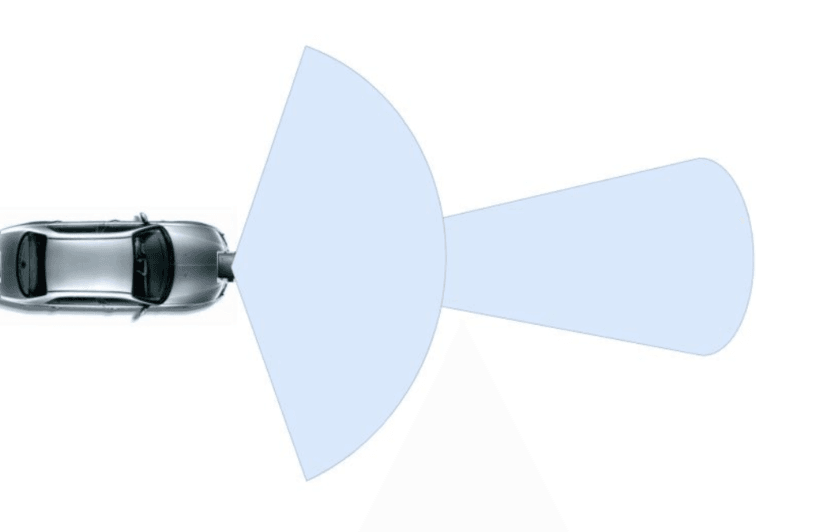How contactless radar technology detects distance and motion
ByLinpowave Technical Team
July 22, 2025
Reading time: 3 minutes
Millimeter-wave radar sensors have become essential in modern industrial automation, enabling distance measurement, motion detection, and presence sensing—even in harsh or visually obstructed environments. But how exactly do these compact sensors work?
At the core, millimeter-wave (mmWave) radar operates on the principle of emitting high-frequency electromagnetic waves and analyzing their reflections. The technology is contactless, highly accurate, and capable of functioning in rain, dust, or darkness—making it ideal for a variety of indoor and outdoor scenarios.
Emitting and receiving high-frequency signals
Every mmWave radar sensor consists of a signal generator, a transmitting antenna, and a receiving antenna. The generator emits continuous or frequency-modulated signals, typically in the 60 GHz to 77 GHz range. These waves propagate through the air until they strike a physical object.
Once reflected, the signal returns to the sensor’s receiving antenna. The time it takes for this echo to return—called time-of-flight—is used to calculate the object’s distance from the sensor. This enables precise range detection without requiring direct contact or visual clarity.
Detecting movement with the Doppler effect
Beyond distance, mmWave sensors also detect motion using the Doppler principle. When an object moves toward or away from the sensor, the frequency of the reflected wave shifts slightly. By measuring this shift, the radar can determine not just that movement occurred—but also its direction and velocity.
This is particularly useful in applications like fall detection in elderly care, or intrusion detection in remote areas. Linpowave’sPOD2004Ssensor leverages these principles to monitor large outdoor spaces with minimal false alarms.
Differentiating between targets
The radar’s resolution—the ability to distinguish between two nearby objects—depends on its bandwidth and antenna design. Sensors with wider bandwidths and higher-quality antennas can resolve more detail, even when objects are close together.
For example, Linpowave’sAOP4203sensor uses FMCW (Frequency-Modulated Continuous Wave) radar combined with a wide-angle field of view to achieve high-resolution detection across multiple zones.
Resilient in challenging environments
Unlike optical or ultrasonic sensors, mmWave radar is not affected by low light, fog, dust, or vibration. This makes it ideal for industrial, agricultural, or transportation settings. Models like theV300feature robust enclosures (IP67 rated) and support both wall and ceiling mounting for flexible integration.
Summary
Millimeter-wave radar sensors from Linpowave offer reliable, contactless detection by transmitting and analyzing high-frequency waves. They detect not only presence but also precise distance and speed, making them indispensable in automation, safety, and monitoring systems.
Want to learn more about how radar sensors can improve your application? ExploreLinpowave’s full product lineuporcontact our team.



